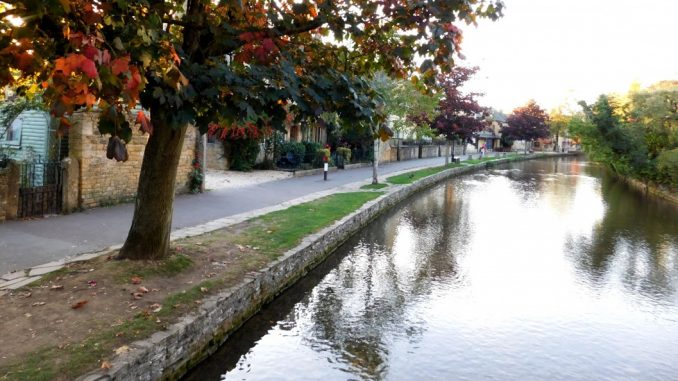
The shocking pollution levels of waterways in England have been revealed with every one of the country’s rivers, lakes and streams suffering from some form of contamination according to a report from the Environment Agency.
Chemical sewage discharge, farming and industrial chemicals were the worst pollutants with just 16% of waters being classed as good and only 14% passing tests that ranked them as good for plants and wildlife.
Most damning of all, the Environment Agency said that pollution levels in rivers, streams and lakes in England are now worse than in the 1990s when water treatment works would dump foul water into rivers on a regular basis.
Water companies came in for a particularly hard time in the report. It revealed that they had pumped raw sewage into rivers nearly 300,000 times in 2019-20 as part of storm overflows, an increase of 2,200 percent on such incidents over the past four years.
Storm overflows are permitted during exceptional weather events, such as torrential rain or storms. Water companies are allowed to release wastewater from sewer overflows to prevent rising water levels leading to waste flooding into streets, homes and businesses.
When used at appropriate times, the increased rainwater will dilute the sewage as it sloshes through drains. If the wastewater cannot be diluted or is released at the wrong times, then it enters rivers and streams where it is harmful to the environment and anyone enjoying the water.
Storm overflows are controversial and this latest data revealing the frequency with which water companies are opening their overflows because of extreme weather events will do little to quell opposition.
River watchdogs have accused water companies of using storm overflows as a routine part of water management, saying the system is being abused so that wastewater can be disposed of quickly and easily at huge cost to the environment.
The Rivers Trust said: “Many sewage overflows are operating when they shouldn’t. They should only operate in extreme conditions but quite a lot are in periods of dry weather.”
“This poses a big threat to our rivers and our water security. Rivers provide our drinking water and are important for health and well-being.”
According to the Environment Agency, wastewater discharges were responsible for 36 percent of the damage to waterways with agricultural run off accounting for 40 percent.
Water UK was quick to seize on these figures, saying that farmers were mostly to blame for the pollution of rivers streams, and lakes in England.
“Collaboration is vital to achieving the results we all want to see,” said a Water UK spokesman. “Water companies will continue to work closely with government, regulators and other industries, such as agriculture, to bring about real and lasting change.”
Chemicals used in farming processes often found their way into the water system, both accidentally and intentionally.
The National Farmers Union said: “Farmers have made great strides in reducing key agricultural emissions over recent decades. Central to these efforts is a major reduction in the amount of fertiliser applied to farmland and held in the soil, which means far less nutrients are reaching our rivers than in the past.”
“However, farmers recognise more needs to be done and will continue to do all they can to protect our water environment.”
The water industry has its own long-term targets to meet. Industry regulator Ofwat’s PR19 document set the UK’s water companies the target of reducing pollution incidents by 30 percent by 2025. This Environment Agency report suggests that they are some way from achieving that.
Even further away is the Environment Agency’s own target, which was to have 100% healthy waters by 2027 with 75 percent close to their natural state. Only 14 percent meet the natural state target currently.
Environment Agency chair Emma Howard Boyd said: “Water quality has plateaued since 2016, which isn’t good enough. There have been improvements over the last 25 years, for example wastewater treatment works put 60% less phosphate and 70% less ammonia into the water environment than they did in 1995, but the general upward trend has not continued,”
“To get where we want to be everyone needs to improve how they use water now and that means water companies, farmers and the public.”
Environment minister Rebecca Pow said: “We need to go further and faster on reducing the environmental impact from storm overflows and other sources of pollution including chemicals and agriculture.”
“More needs to be done urgently, and I met with water companies earlier this month to set out the high expectations this government has for our water environment, including in particular chalk streams.”
“We are absolutely committed to achieving the water quality ambitions in our 25-Year Environment Plan to improve at least three quarters of our waters to be as close to their natural state as soon as possible.”

Leave a Reply